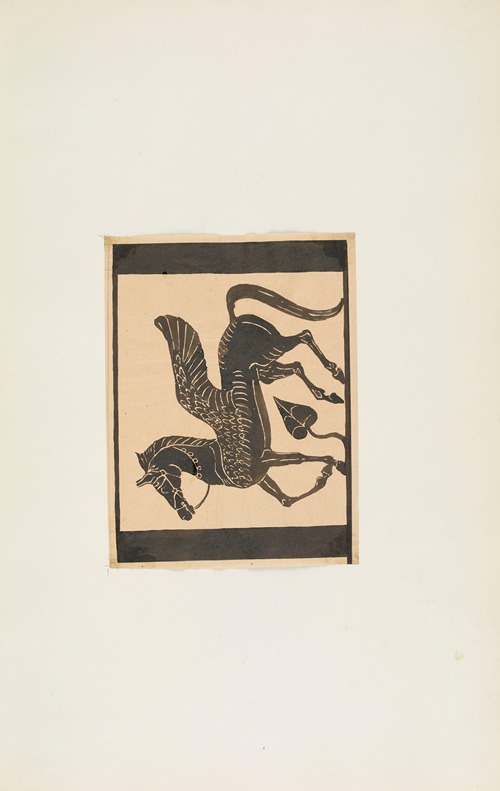
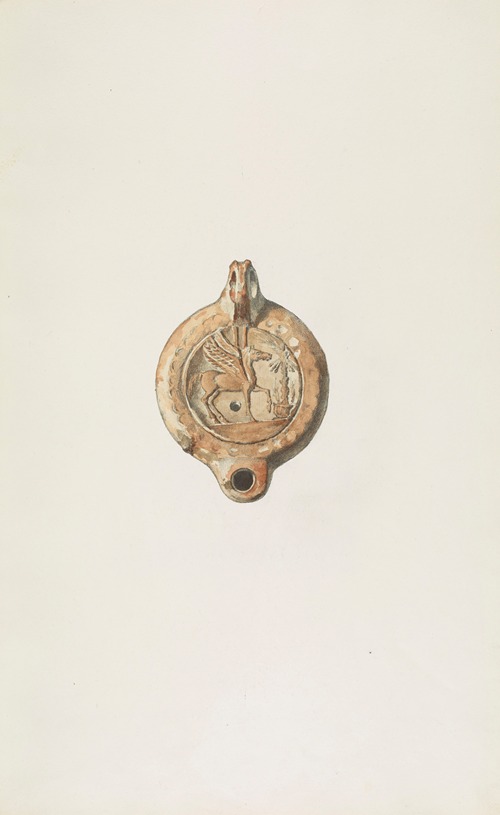
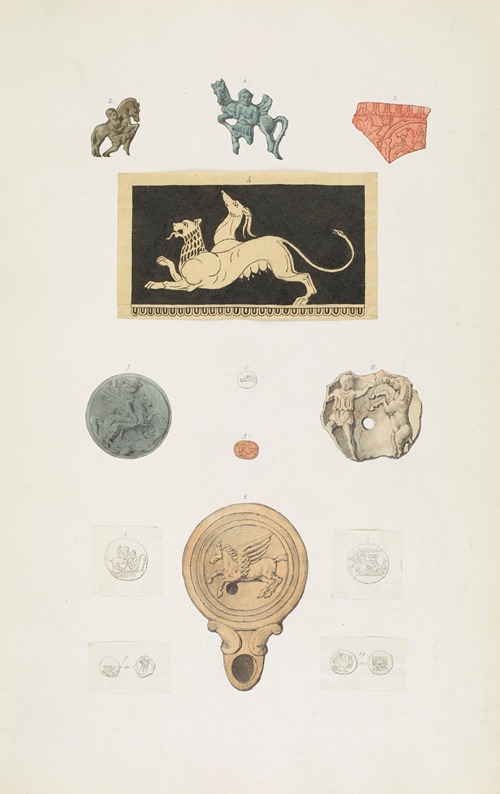
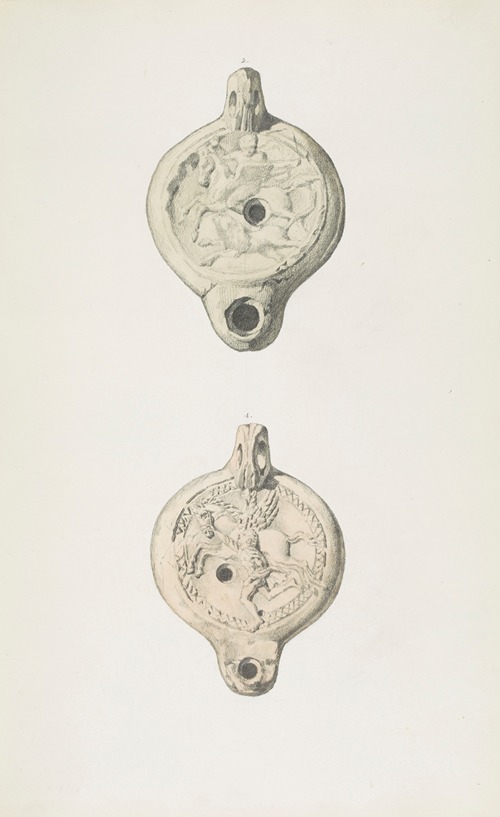
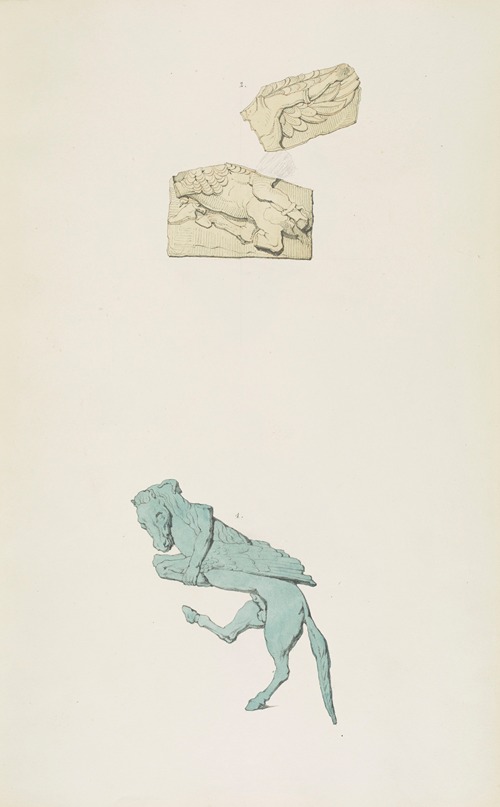
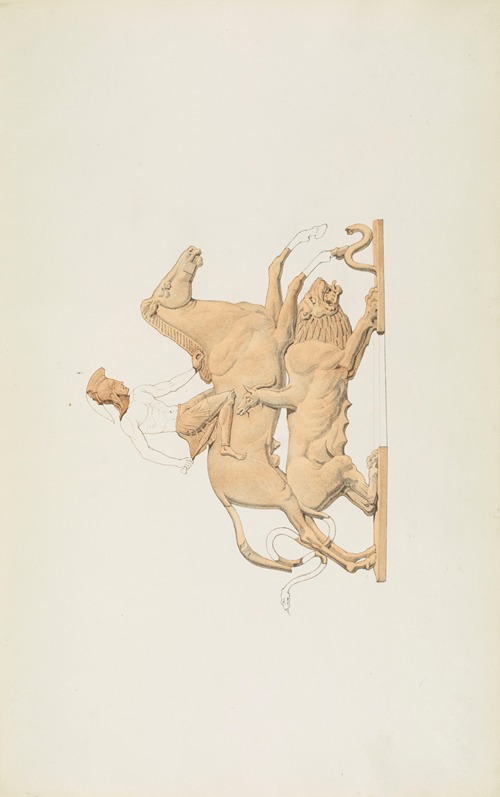
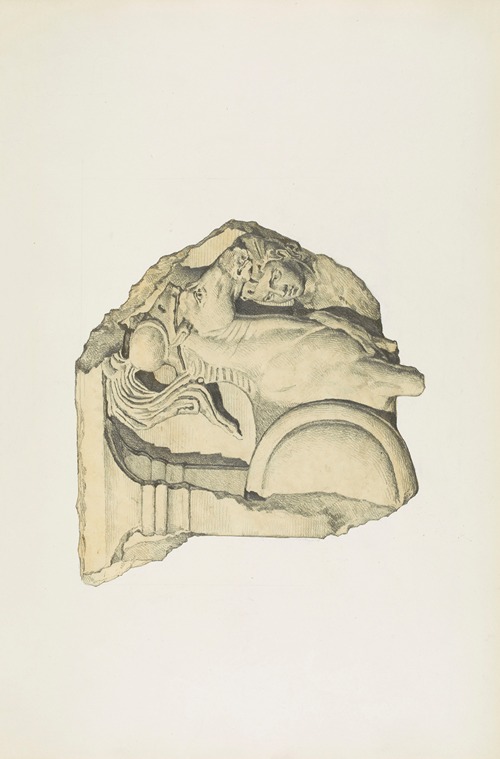
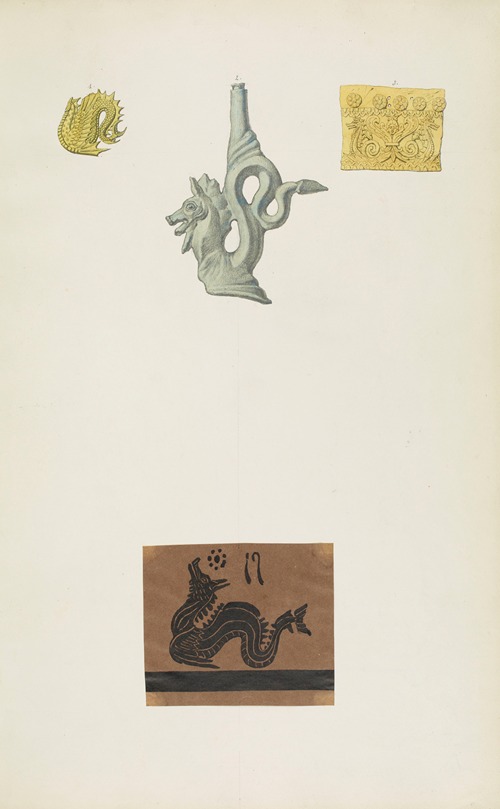
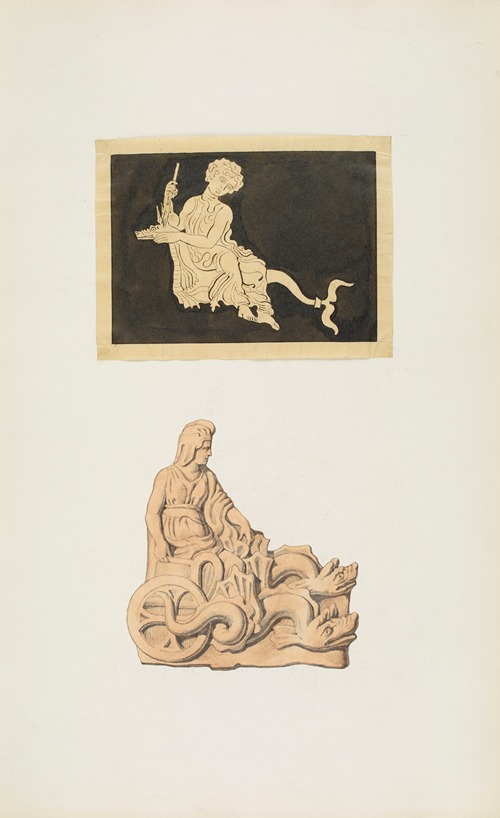
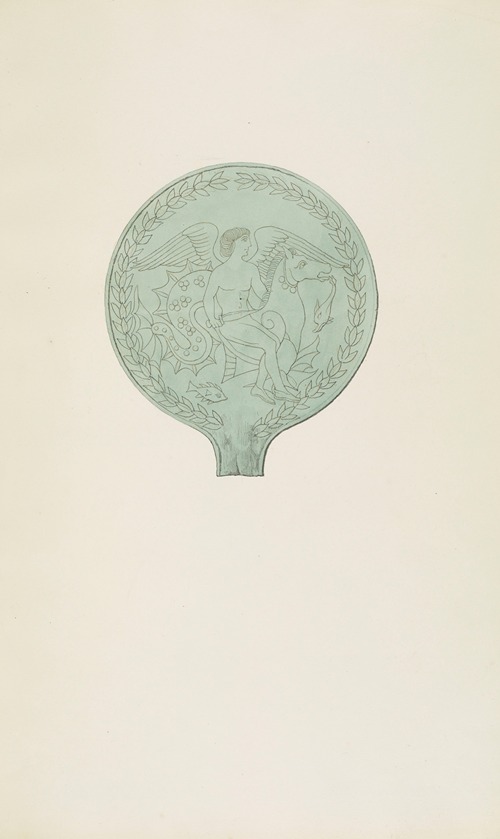
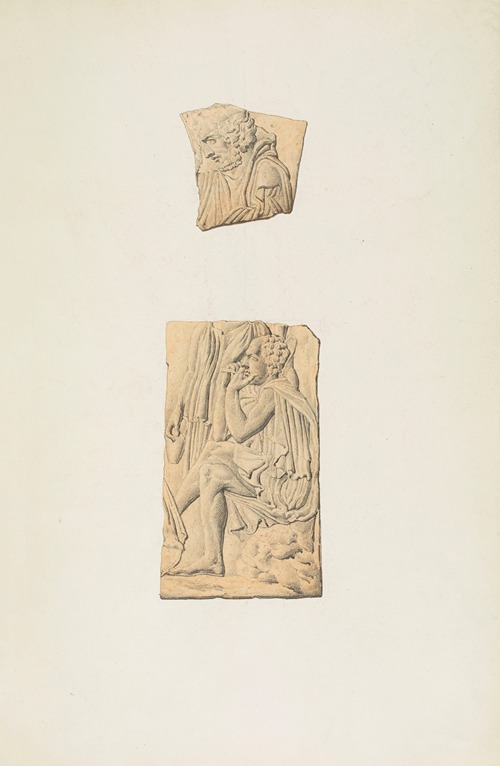
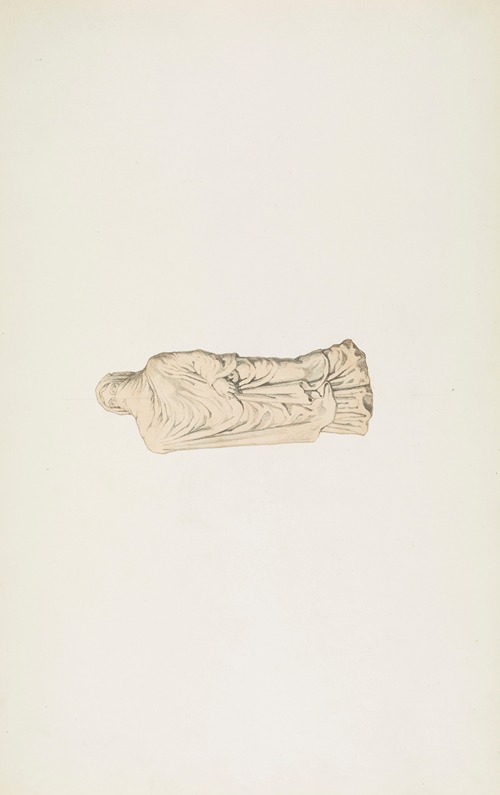
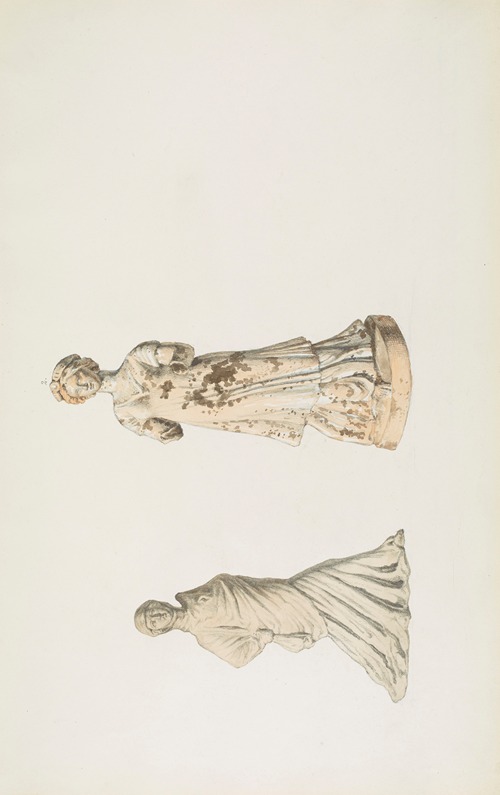

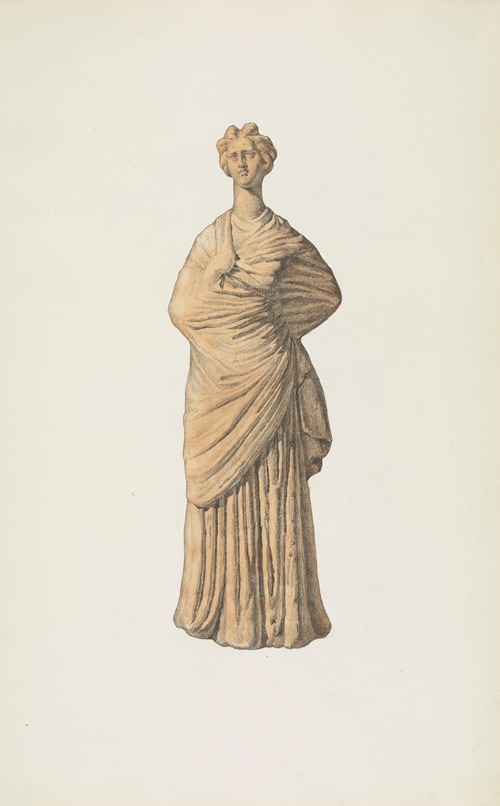


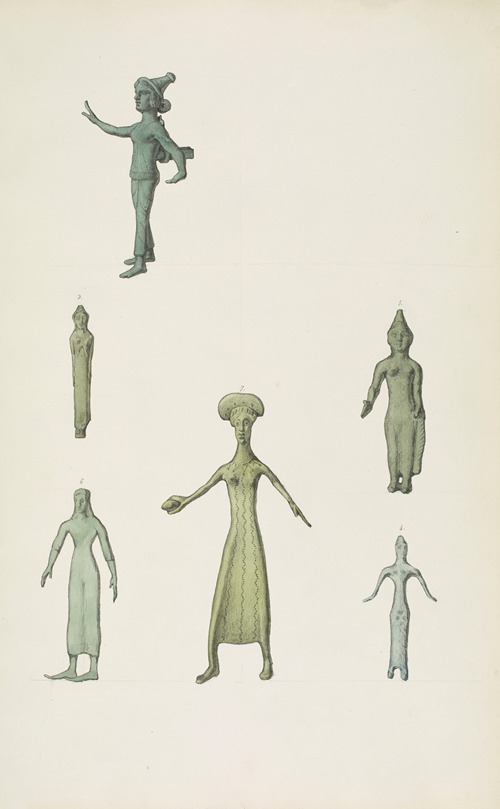

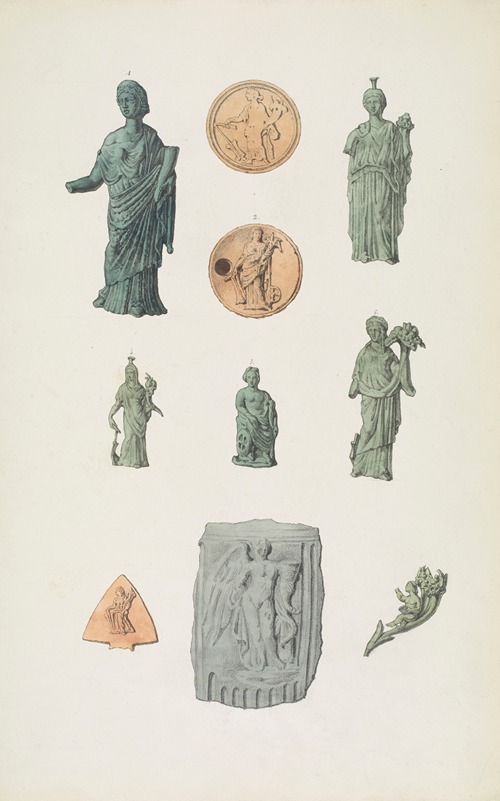

Jean-Baptiste Muret was a French draftsman who spent his entire career at the Cabinet des Médailles of the National Library.
Jean-Baptiste Muret joined the Cabinet des Médailles in 1831, where he worked as a draftsman. As part of his job, he also made casts of coins and engraved stones. In 1848, he was put in charge of keeping inventory records of the cabinet's archaeological objects, and in 1863, he was appointed librarian.
The drawings he produced during his career were used in numerous publications, such as Monuments des arts du dessin chez les peuples tant anciens que modernes, recueillis par le Baron Vivant Denon (1816-1820).
He also worked as an illustrator for publishing, producing lithographs based on drawings by Moritz Retzsch, Horace Vernet, and Ingres.
He was the father of Ernest Muret (Paris, February 8, 1824-February 27, 1884), who worked at the Cabinet des Médailles et Antiquités of the Bibliothèque Nationale from 1857 until his death. He compiled the Catalogue des monnaies gauloises de la Bibliothèque nationale, published in 1889 by Anatole Chabouillet.
In a career spanning thirty-five years, he drew more than 8,000 antique objects copied from various sources. The objects in the Cabinet des Médailles are the most represented, but his drawings also document artifacts preserved in private collections and in French and foreign museums. Jean-Baptiste Muret also copied reproductions from major antiquarian publications.
The 1,986 plates produced by Jean-Baptiste Muret are preserved in eleven large folio volumes, purchased by the National Library after his death from his son Ernest. Only some of the objects depicted are identified by captions, which are more or less incomplete.
Since 2017, a research project led by the Institut national d'Histoire de l'Art in Paris has been working to digitally publish the corpus.




















